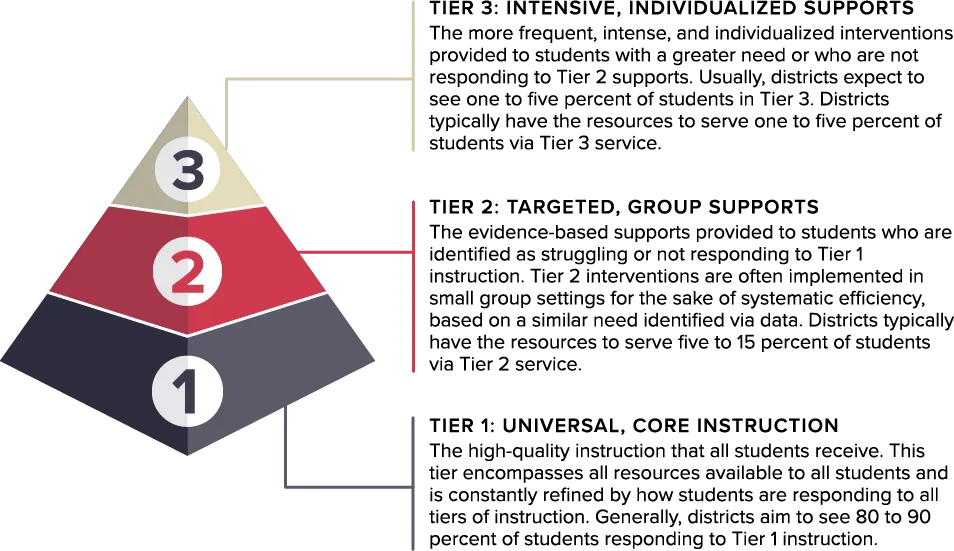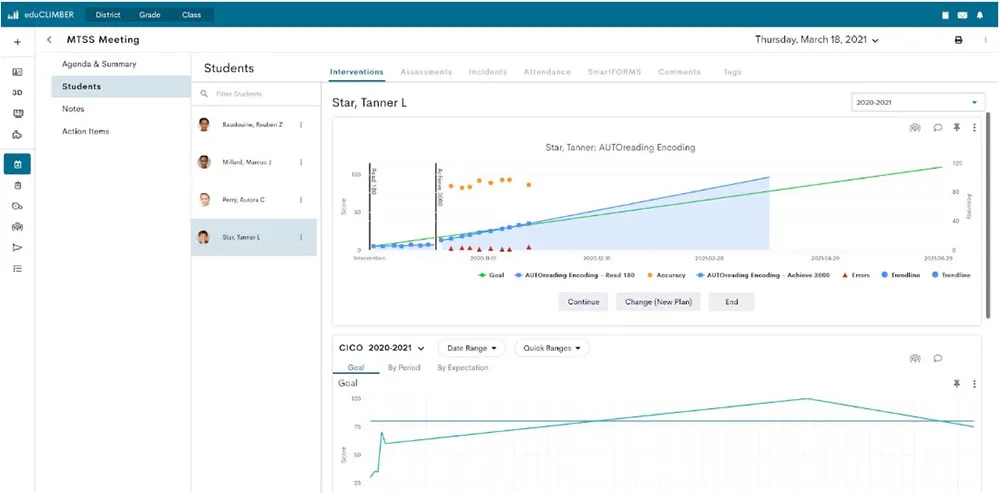Identify which students are at risk for academics and non-academics or need enrichment.
- Identify risk levels with our universal screeners across academics and non-academics
- Establish a district-wide infrastructure to efficiently meet students’ holistic needs.
Learn more about our universal screeners, including Star and FastBridge.







